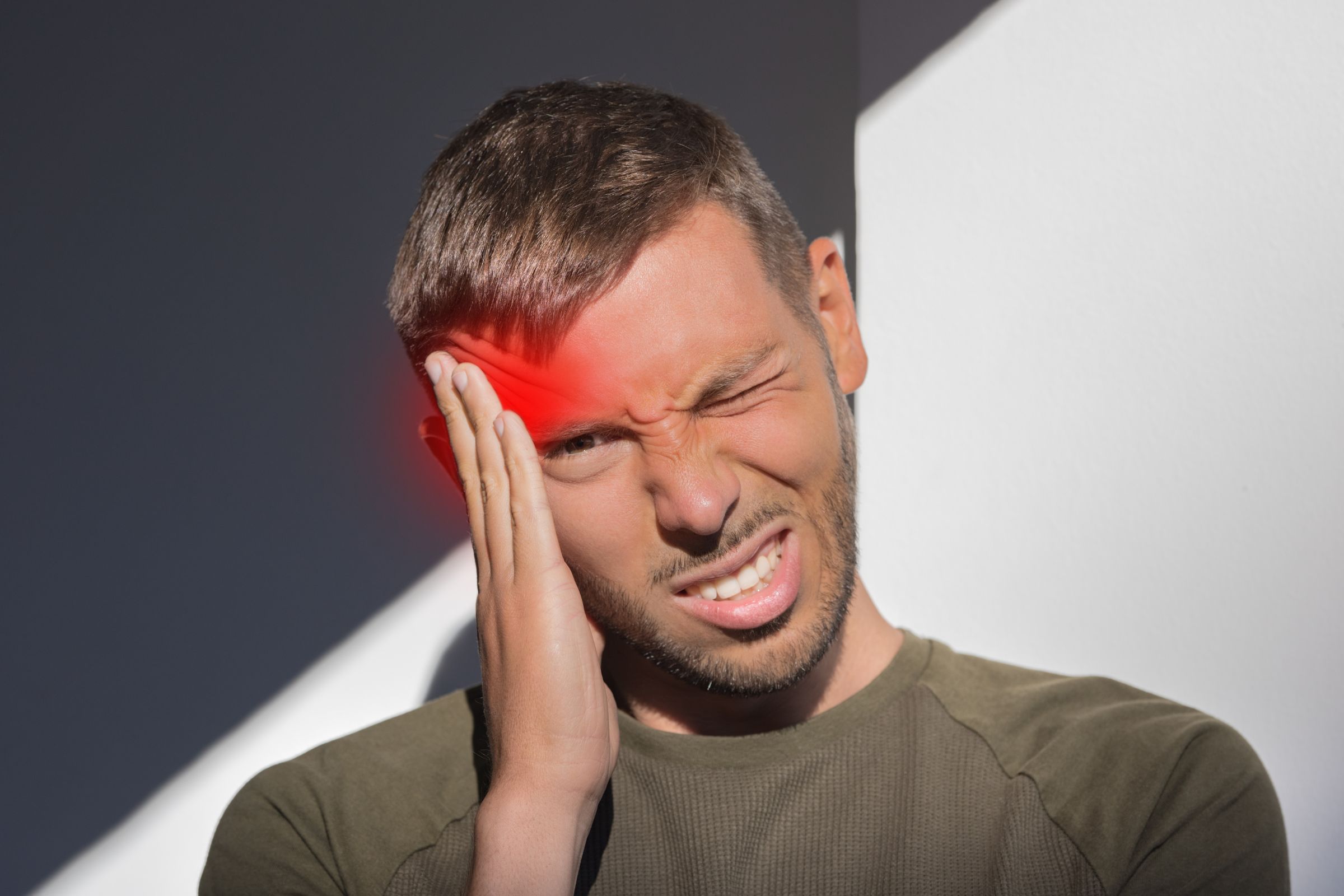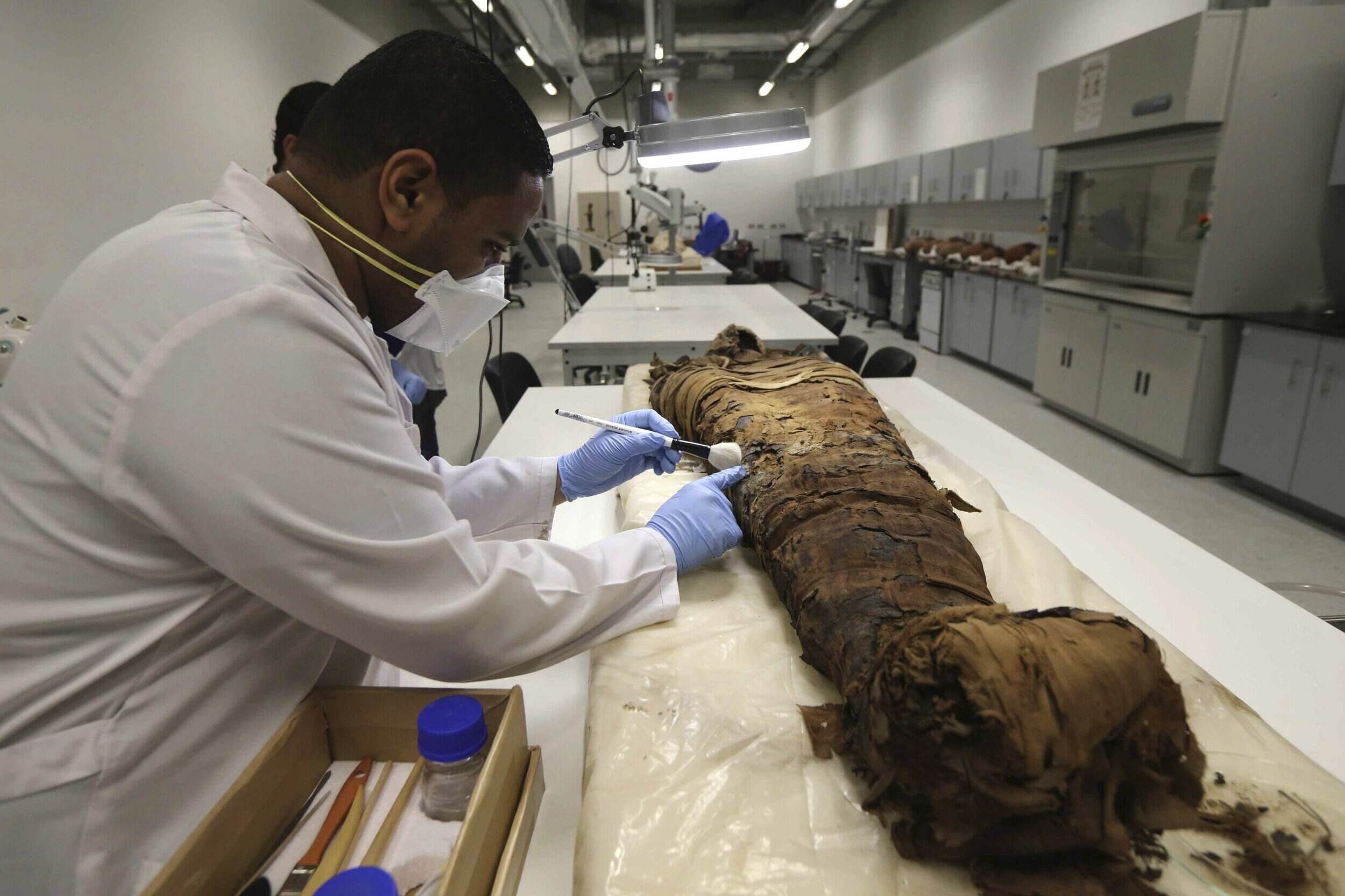
What are cluster headaches? Cluster headaches are a rare, severe type of headache that affects about 0.1% of the population. Known for their intense, stabbing pain around one eye, these headaches can last from 15 minutes to three hours. They often occur in clusters, meaning multiple attacks happen daily for weeks or months, followed by periods of remission. Men are more likely to suffer from cluster headaches than women. Triggers include alcohol, smoking, stress, and lack of sleep. Treatments range from oxygen therapy to medications like triptans and CGRP inhibitors. Understanding cluster headaches can help manage this debilitating condition.
Key Takeaways:
- Cluster headaches are rare, extremely painful, and often misdiagnosed. They affect about 0.1% of the population, with triggers like alcohol and smoking. Effective management can significantly improve quality of life.
- Understanding the science behind cluster headaches can help in managing and treating them more effectively. Lifestyle modifications, treatment approaches, and advanced therapies play a crucial role in managing this condition.
Understanding Cluster Headaches
Cluster headaches are a rare and extremely painful type of headache. They are often misunderstood and misdiagnosed. Here are some key facts to help you understand this condition better.
- Prevalence: Cluster headaches affect about 0.1% of the population, making them one of the rarest headache types.
- Incidence: The incidence ranges from 2.07 to 9.8 per 100,000 person-years.
- Mean Prevalence: On average, 53 out of every 100,000 people experience cluster headaches.
- Gender Ratio: The male-to-female ratio varies between 1.3 to 2.6, possibly due to past misdiagnoses in women.
- Episodic Presentation: Around 80% of patients experience episodic cluster headaches.
The Science Behind Cluster Headaches
Understanding the science can help in managing and treating cluster headaches more effectively.
- Pathophysiology: These headaches involve dysfunction in the trigeminovascular system, trigeminal autonomic reflex, and hypothalamic networks.
- Diagnostic Criteria: Severe, unilateral pain lasting 15 minutes to 3 hours, with at least one autonomic symptom on the same side, is required for diagnosis.
- Autonomic Symptoms: Common symptoms include conjunctival injection or lacrimation (90%), nasal congestion or rhinorrhea (84%), and eyelid edema or facial swelling (59%).
- Pain Characteristics: The pain is often sharp or stabbing, usually around one eye, and can spread to other areas.
- Duration of Attacks: Attacks last from 15 minutes to 3 hours, typically around 45 minutes.
Frequency and Triggers
Cluster headaches have unique patterns and triggers that can help in identifying and managing them.
- Frequency of Attacks: Attacks can occur up to eight times a day, but most commonly happen twice daily, often at night.
- Cluster Periods: These periods last from weeks to months, with remissions lasting months to years. Chronic cluster headaches persist without remission for over a year.
- Triggers: Common triggers include alcohol, smoking, stress, lack of sleep, and certain medications like nitroglycerin.
- Alcohol Consumption: Drinking alcohol during a cluster period can trigger an attack, though quitting alcohol doesn't necessarily stop the headaches.
- Smoking: Many sufferers are smokers, but quitting smoking doesn't typically alleviate the condition.
Risk Factors and Demographics
Certain factors can increase the likelihood of developing cluster headaches.
- Family History: A family history may increase the risk, though it's not definitive.
- Age of Onset: Most people develop cluster headaches between ages 20 and 50, but it can start at any age.
- Sex Distribution: Men are more likely to develop cluster headaches than women, though the exact ratio is still being studied.
- Associated Illnesses: People with cluster headaches are nearly twice as likely to take time off work and often have additional illnesses like heart disease or mental disorders.
- Work Absence: Patients are almost twice as likely to take sick days, averaging 63 days compared to 34 days for those without the condition.
Managing Cluster Headaches
Effective management can significantly improve the quality of life for those suffering from cluster headaches.
- Lifestyle Modifications: Avoiding triggers like alcohol, smoking, and lack of sleep can help manage the condition.
- Treatment Approaches: Acute treatments include oxygen therapy and nonoral triptans. Prophylactic treatments include suboccipital blockade and preventive medications.
- Abortive Medications: Sumatriptan injections or nasal sprays, zolmitriptan nasal sprays, and CGRP inhibitors can reduce attack duration and severity.
- Preventive Medications: Calcium channel blockers like verapamil, beta-blockers, and CGRP inhibitors can reduce attack frequency but may have side effects.
- Non-Invasive Vagus Nerve Stimulation: This treatment option varies in effectiveness from person to person.
Advanced Treatments and Diagnosis
Advanced treatments and accurate diagnosis are crucial for managing cluster headaches effectively.
- Corticosteroids: Used as a bridge treatment to manage severe attacks, especially during initial diagnosis stages.
- MRI for Diagnosis: An MRI is mandatory to exclude secondary causes and confirm the diagnosis.
- Clinical Features: Severe, unilateral pain with associated autonomic symptoms and a characteristic pattern of episodic or chronic attacks.
- Restlessness: Patients often exhibit restlessness, pacing or rocking back and forth due to high pain intensity.
- Suicidal Ideation: Suicidal thoughts are common during attacks, though the risk of actual suicide is low.
Additional Symptoms and Patterns
Cluster headaches come with a range of symptoms and patterns that can help in identifying and managing the condition.
- Photophobia and Phonophobia: These symptoms are more likely to be on the same side as the headache, unlike migraines where they are bilateral.
- General Allodynia: Up to 33% of patients experience general allodynia, more common in women, those with recent attacks, younger age at onset, and comorbid depression or migraines.
- Triggering Factors: Watching TV, hot weather, stress, and certain medications like nitroglycerin can trigger attacks.
- Seasonal Patterns: Attacks often follow a seasonal pattern, occurring more frequently during specific times of the year, like spring or fall.
- Hypothalamic Involvement: The hypothalamus plays a significant role in the biological clock of cluster headaches, influencing attack timing and frequency.
Economic and Personal Impact
Cluster headaches have a significant economic and personal impact on sufferers.
- Economic Burden: The condition leads to long-term sickness absence and disability pension, significantly affecting patients' economic status.
- Research Continuation: Ongoing research aims to better diagnose and treat cluster headaches, focusing on principal risk factors and underlying pathophysiology.
- Awareness within Medical Community: Lack of awareness often leads to underdiagnosis, causing long delays in reaching a final diagnosis.
- New Therapeutic Possibilities: Advanced pharmacological treatments and interventional procedures offer new therapeutic possibilities.
- Interprofessional Team Approach: Proper care coordination and treatment planning by an interprofessional team are crucial for managing cluster headaches.
Diagnostic Criteria and Lifestyle Changes
Accurate diagnosis and lifestyle changes can help in managing cluster headaches effectively.
- Diagnostic Criteria Staging: Understanding specific diagnostic criteria, including staging, is essential for accurate diagnosis and management.
- Lifestyle Changes: Avoiding triggers and improving sleep hygiene can help manage cluster headaches but may not completely eliminate them.
- Alcohol Consumption Impact: Drinking alcohol during a cluster period increases the risk of an attack, making it crucial to avoid alcohol during these times.
- Smoking History Impact: Smoking history can influence the clinical features, with smokers experiencing more frequent and severe attacks.
- Family History Impact: A family history may increase the risk, though more research is needed to confirm this association.
Age, Gender, and Associated Illnesses
Age, gender, and associated illnesses can affect the severity and frequency of cluster headaches.
- Age of Onset Impact: Younger patients often experience more severe symptoms.
- Gender Distribution Impact: Recent studies suggest a more balanced ratio between men and women.
- Associated Illnesses Impact: Additional illnesses can complicate management, requiring a comprehensive approach to care.
- Treatment Options Diversification: Diversifying treatment options, including pharmacological, interventional, and lifestyle modifications, is crucial for effective management.
- Ongoing Research and Development: Research aims to improve diagnostic tools and therapeutic strategies, ensuring better patient outcomes and quality of life.
Final Thoughts on Cluster Headaches
Cluster headaches are no joke. Affecting about 0.1% of the population, they bring intense, unilateral pain and a slew of autonomic symptoms. Most folks with cluster headaches experience episodic attacks, but some deal with chronic symptoms. Triggers like alcohol, smoking, and stress can set off these painful episodes. Treatments range from oxygen therapy and triptans to preventive meds like calcium channel blockers. MRI scans help rule out other causes, ensuring a proper diagnosis. Despite being rare, cluster headaches have a significant impact on daily life, often leading to work absences and additional health issues. Ongoing research aims to improve understanding and treatment options. Awareness within the medical community is crucial for timely diagnosis and effective management. With the right approach, those suffering from cluster headaches can find relief and improve their quality of life.
Frequently Asked Questions
Was this page helpful?
Our commitment to delivering trustworthy and engaging content is at the heart of what we do. Each fact on our site is contributed by real users like you, bringing a wealth of diverse insights and information. To ensure the highest standards of accuracy and reliability, our dedicated editors meticulously review each submission. This process guarantees that the facts we share are not only fascinating but also credible. Trust in our commitment to quality and authenticity as you explore and learn with us.


